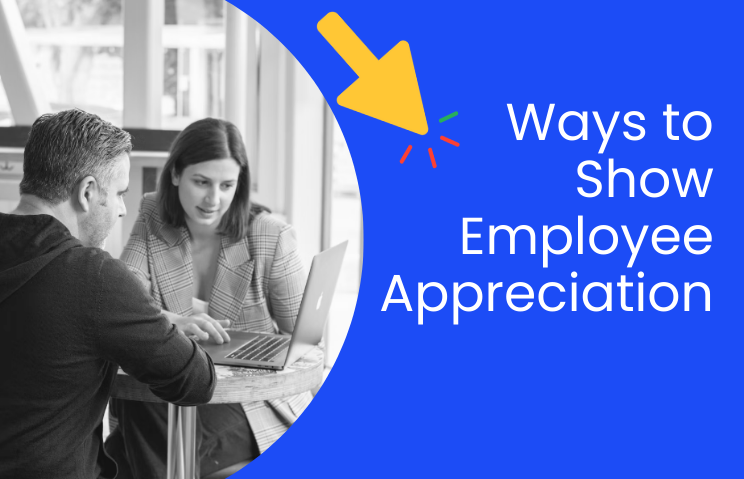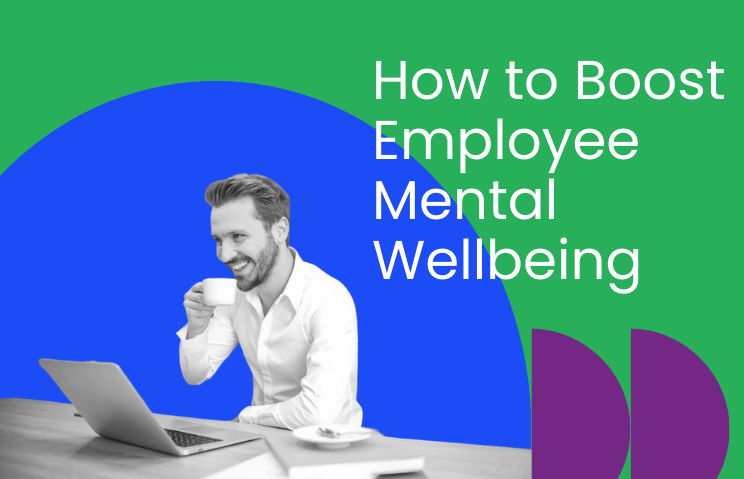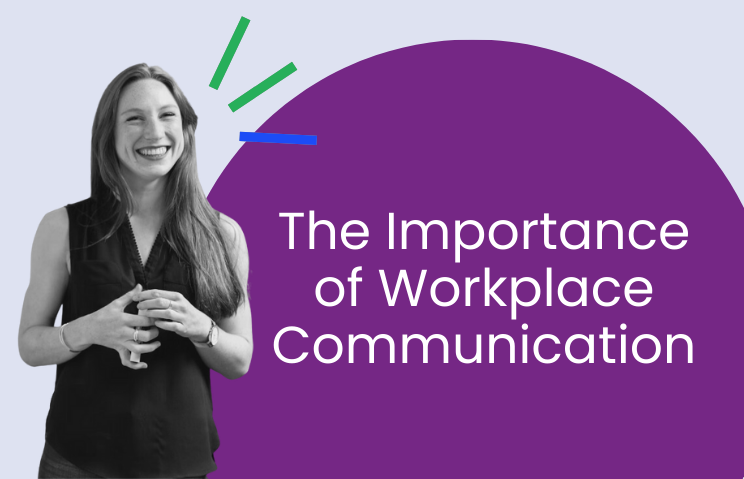5 Ways to Boost Employee Productivity

There’s a common misconception that boosting employee productivity means working harder and squeezing every last drop out of employees – resulting in burnout and widespread disengagement. It’s time for business leaders to recognise that productivity actually means working smarter. And to work smarter, it’s time to get HR onboard.
What is productivity?
First, the technical definition. According the Australian Bureau of Statistics and other government agencies around the world such as New Zealand’s Treasury, productivity is the measure of the outputs of goods and services generated by the inputs of labour and capital. It’s measured quarterly by calculating gross domestic product (GDP) generated per hour worked.
More output with less input boosts productivity. This is a positive because it increases profits and allows organisations to offer higher wages and strengthen other contributions to the community.
It’s not all about employees. Productivity also relies on entrepreneurial activity, investment into research & development and innovation, collaboration between leaders and workers, and governments encouraging smarter workers through better education. Technology also plays a key role – for example, through automation of manual tasks.
How to increase workplace productivity
Tip #1: Uncover productivity barriers
How well do you know your workforce? Hopefully you’ve conducted regular engagement and sentiment surveys and created a culture of open feedback. The same approach should yield insights into whether there are any productivity roadblocks. This can be done with just a few simple questions. For example:
- Are you happy at work?
- What could be done to make your work-life more enjoyable or productive? (answers could request ratings against factors such as the office environment, meeting frequency, professional development, relationships with colleagues and managers, and flexible work arrangements).
- Do you understand your career path and future career with the organisation?
- How would you rate your work-life balance? (remembering that productivity will suffer if there are upheavals happening outside of work)
- Do you have the tools/technology/resources to do your job effectively?
You’ll quickly be able to identify pain points and any recurring themes that are hampering employee productivity. Just remember it’s critical to follow through with action once a survey is done.
Tip #2: Offer flexible work arrangement
According to research[1], 85% of employers believe productivity in their organisation has increased as a result of greater flexibility.
Why does flexible work help with productivity? Working outside of a traditional office has been shown to reduce environmental stress (noise, etc.), allowing for better concentration and a reduction in the need for face-to-face meetings. There’s also the elimination of commute times to factor in. Flexible work – which may include working from home, flexible work hours, compressed work periods and job sharing – is not suitable for all roles and all organisations. However, if your organisation is looking to implement a flexible work strategy, or to expand an existing one, consider:
- Training managers on how to best keep remote workers accountable and engaged
- Offering communication and collaboration tools (other than email) to employees working away from the office
- Being clear on expectations on both sides of the employer/employee relationship, including changes to how performance is assessed
- Implementing appropriate policies and procedures
- Starting with a test pilot program to iron out teething problems before implementing it company-wide
- Re-assessing and adjusting the program regularly as requirements and expectations around flexible work change
Read our blog for further insights into flexible work.
Tip #3: Update technology and tools
Sub-standard tools and outmoded technology make it difficult for employers to attract talented workers, let alone encourage them to work to their maximum potential. Today, employees expect the same or similar functionality in their work tech as they have in their personal tech (smartphones, etc.). That means there’s more scope for automating mundane tasks, personalising the employee experience and streamlining workflows through artificial intelligence. If workplace tech is clunky and difficult to use, it’s going to negatively impact productivity and send frustration levels through the roof. Here are some tips to upgrade without disrupting the entire workplace:
- Review the company budget to decide which areas require immediate upgrades of tools and software
- Set up a software/hardware transition plan to upgrade to new equipment in groups – just ensure no one is left out!
- Prepare training materials and block out time to get employees up to speed on newly acquired tech. Bespoke eLearning courses may be the most cost-effective way to do this in a short space of time
- Monitor the uptake of new tech and ensure frequent software/hardware updates are done
Tip #4: Encourage creativity and innovation
Great ideas can come from anyone at any time, but what happens to those ideas? Too often they don’t move beyond the gemination stage. There’s no structure to support innovation or an ideation process to encourage fresh ideas. It’s often an issue relating to corporate culture: limiting creativity and innovation in favour of doing things the way they’ve always been done will kill fresh ideas that could potentially enhance engagement and therefore productivity.
A formal idea management process can help. From brainstorming to “mindmapping” or any other technique used to generate a large number of ideas, through to the vetting process and mapping out the practical applications of those ideas and measuring results, a formalised idea management process will ensure any new ideas are not automatically discarded into the “too hard” bin.
Just as critically, a culture built around innovation will ensure employees have the time to be creative and are given the freedom to trial new things. They are also given the freedom to fail – but to learn from those failures. Creating a culture that is open to new ideas extends to the physical environment. Does your office facilitate knowledge sharing, cross-team collaboration, and also allow for more subdued creative recharging?
For more tips on what sets innovators apart, read our blog.
Tip #5: Reward those who go above and beyond
We’ve already seen that productivity is, to a great extent, driven by the willingness of employees to break out of their comfort zones and push themselves to try new things. It’s only fair that they are rewarded for doing so. First, you need to know who your stars are.
Having clear performance expectations relating to productivity and other outputs is important (this could be described as “what” we’re aiming to achieve). Behavior is equally crucial. The way people act tells us how they achieve things. While hitting an ambitious KPI is great, it’s also important to understand how that employee achieved that result. If they steamrolled over the top of colleagues or behaved unethically to achieve that KPI, that’s more than counterintuitive; it’s potentially damaging.
Here are 4 steps to consider when developing a rewards & recognition scheme:
- Research. Spend some time researching the different types of recognition schemes, how you’ll tie the scheme’s goals to your business goals, and the rewards that will make your workforce go the extra mile. We can only achieve this by actively building relationships with our employees. What’s happening outside of work? How do they relax? What motivates them?
- Set the goals. Develop goals that directly support our business aims. Then, decide how to measure who deserves recognition awards.
- Train your managers. Train on the “how” and the “why”: Empower managers to give impactful recognition.
- Keep communicating. It’s not enough to simply launch a program and hope that it flies. It needs constant reinforcement and refining. Communicate through the channels your employees use. Celebrate wins, share kudos, keep rewards top-of-mind.
The importance of employee engagement for productivity
While there’s clearly no “magic bullet” to improving productivity, employee engagement lies at the heart of any high-performing, productive team. With the right foundations in place, HR can play a key role in making employees happier and more engaged with the right tools and appropriate training, creating enjoyable work environments and demonstrating that their organisation cares about them, no matter where they are in the employment lifecycle.
ELMO Software is a cloud-based solution that helps thousands of organisations across Australia, New Zealand and the United Kingdom to effectively manage their people, process and pay. ELMO solutions span the entire employee lifecycle from ‘hire to retire’. They can be used together or stand-alone, and are configurable according to an organisation’s unique processes and workflows. Automate and streamline your operations to reduce costs, increase efficiency and bolster productivity. For further information, contact us.
 HR Core
HR Core 









